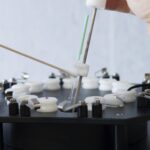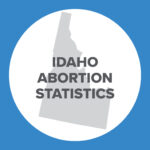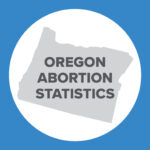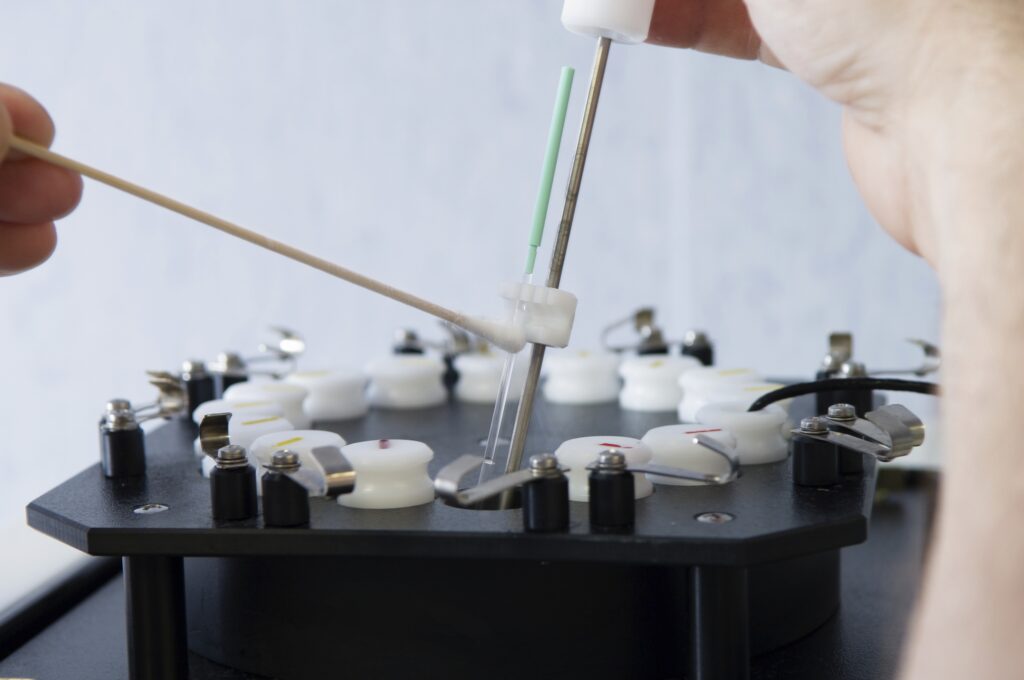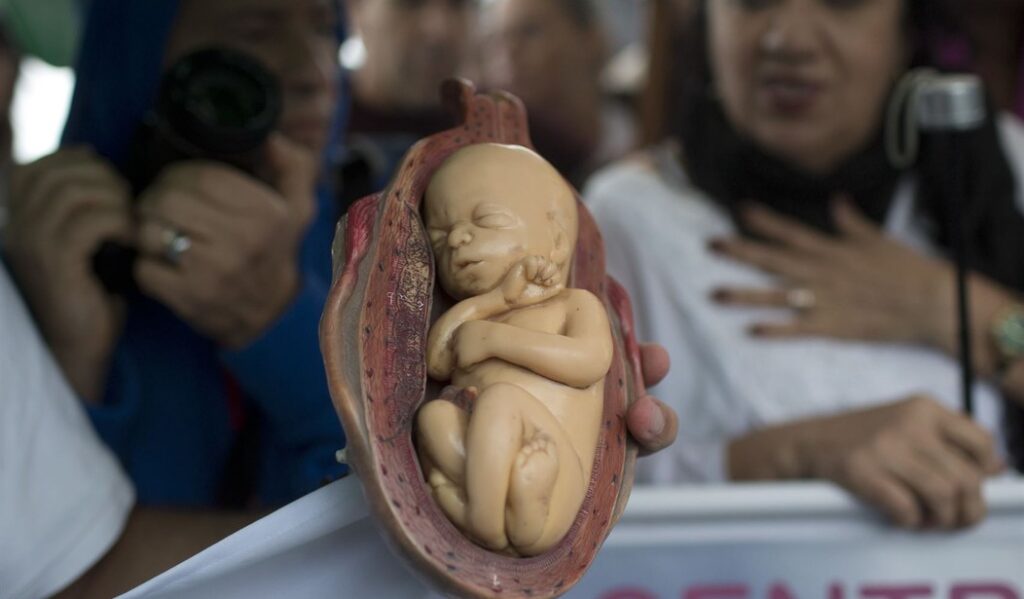NEBRASKA FACT CHECK: Heart Rate at Six Weeks is 110 Beats Per Minute
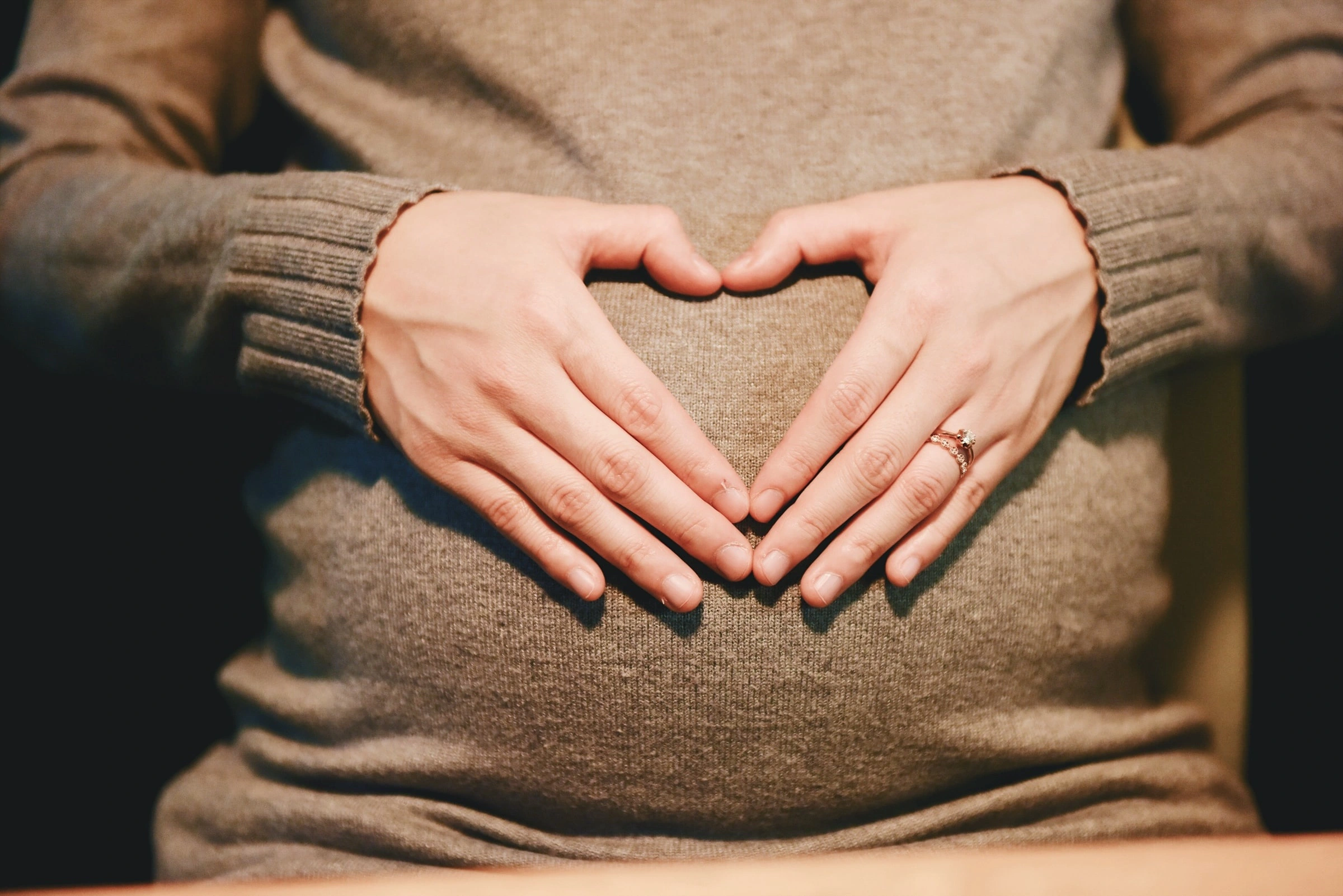
Following the Science on Nebraska Heartbeat Act
Washington, D.C. – The Nebraska Heartbeat Act, announced today by Nebraska Senator Joni Albrecht, would limit elective abortion when a baby’s heartbeat can be detected. Despite misleading claims by pro-abortion pundits and politicians, the scientific evidence shows that a baby’s first heartbeat occurs at six weeks of pregnancy.
Dr. Katrina Furth, Ph.D., a developmental biologist at Charlotte Lozier Institute who participated in today’s introductory news conference in the State Capitol Rotunda, explained:
“Unlike politics, science is based on observable facts. The science of embryology confirms that the heart is the first functioning organ in a developing human being, with the first heartbeat at just six weeks of pregnancy. To be blunt, it’s a requirement of human prenatal development because a baby’s growth is dependent on the steady flow of oxygen and nutrients through the bloodstream.
“To deny that a baby at six weeks has a heartbeat is to deny both science and common sense. At six weeks, the baby has a developing human organ which beats rhythmically 110 times per minute pumping nutrient-rich blood throughout the body. Most people in Nebraska call that a heart.”
Dr. Furth earned her doctorate in neuroscience from Boston University and has extensively studied human embryology. She is lead researcher for VoyageOfLife.com, a Lozier Institute resource which makes the science of human prenatal development accessible for both professional-level and personal research.
The peer-reviewed science on babies at 6 weeks’ gestation includes:
- The heart is actively beating at 6 weeks. In the first trimester alone, the heart beats 10 million times. Furthermore, between fertilization and birth, the baby’s heart will beat approximately 54 million times.
- The baby’s average heart rate is 110 BPM. This will rise to 159 BPM by 8 weeks’ gestation.
- The presence of a heartbeat at 6-8 weeks’ gestation correlates with an extraordinarily high live birth rate of up to 98% when examining normal pregnancies without intervention.
In addition to the development of the baby’s heart:
- The brain has divided into three primary sections responsible for sensing and decision-making, moving and tracking objects, and vital body functions.
- Eyes, ears, and nose start forming.
Dr. Tara Sander Lee, Ph.D., who studied heart development at Harvard Medical School and serves as Director of Life Sciences at Charlotte Lozier Institute, added:
“Some have claimed that a baby doesn’t have an actual heart because the organ has not fully, completely developed by 6 weeks. I must point out that the human brain isn’t fully, completely developed until around age 25. Would those pundits and politicians suggest that a toddler or teenager or recent college graduate doesn’t actually have a true brain? Follow the science.”
Dr. Sander Lee, who for many years managed a medical college research laboratory investigating congenital heart disease in children, is lead editor for VoyageOfLife.com.
Charlotte Lozier Institute was launched in 2011 as the education and research arm of Susan B. Anthony Pro-Life America. CLI is a hub for research and public policy analysis on some of the most pressing issues facing the United States and nations around the world. The Institute is named for a feminist physician known for her commitment to the sanctity of human life and equal career and educational opportunities for women.
###










